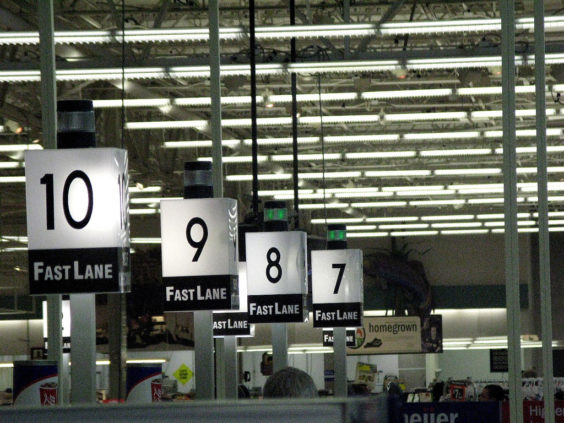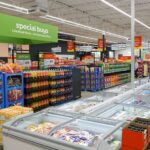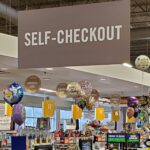If you’ve ever earned stares or sighs from shoppers behind you in line as you pull out your coupons when checking out, you know that some people are more interested in saving time than money. They’d rather speed through checkout than see how much you can save. So grocery stores are always looking for new ways to hurry things along, promising to get you in and out as fast as they can.
But one method of getting shoppers out the door may not be as effective as first thought. It turns out the way we do it now, may be the best it’s going to get.
New research dispels earlier theories that we should get rid of individual checkout lines in favor of a single line feeding into multiple checkouts. It appears that cashiers work faster when they have some competition.
“Humans Are Not Machines” is the title of a study published by a team of behavioral researchers from the University of Washington, Syracuse University and Purdue University. The single-line system is widely used in places like banks and post offices, but retailers who’ve experimented with it have not embraced it.
Maybe, the researchers say, that’s because the system doesn’t work so well.
“The single-queue structure slows down the servers,” the study reads. When all customers are in one line, cashiers are less likely to view the single line as their responsibility. But when each cashier has their own dedicated line of customers, “their performance has a direct impact on the speed at which their line moves,” which incentivizes them to work faster and more efficiently.
Plus, there’s the matter of doing better than the other cashiers. Checking out a long line of customers faster than others, adds a bit of competition to the mix.
The Northeastern grocery chain Hannaford was among the most recent to try out a single-line system – and then scrap it. The grocer introduced what it called a “Q system” to about two dozen stores in 2011. But by 2014, the Q system was history – largely because customers simply didn’t like it. “I’d rather try my luck the old way,” was a common complaint, according to a Hannaford spokesman.
So if there’s a psychological factor for cashiers, it appears there’s one for shoppers as well. Even if a single line feeding multiple checkouts might appear to move faster, customers can still experience a feeling of dread getting behind a dozen other shoppers and waiting their turn. Many would instead prefer to size up the individual cashiers, get a look at how many items other shoppers have in their carts, and then decide for themselves which lane they think will be fastest.
However it’s accomplished, the speed of checkout remains an important factor for shoppers and stores alike. While some stores have focused on the optimal way of keeping lines moving as customers wait for the next available cashier, others are focused on speeding up the checkout process itself – by, for instance, placing multiple bar codes all over a product so your cashier can scan your items faster.
Some shoppers worry that there’s such a thing as too fast, though, since speedy scanning can sometimes impede accuracy. And a single checkout line that doesn’t allow you to pick your own cashier, can seem impersonal.
So the quest continues for the best way to get you out of the store most efficiently. And as behaviorists and retail analysts spend countless hours and dollars studying the problem, if your store has a dozen checkout lanes and only one of them ever seems to be open – well, that might be a good place to start.
Photo by frankieleon














